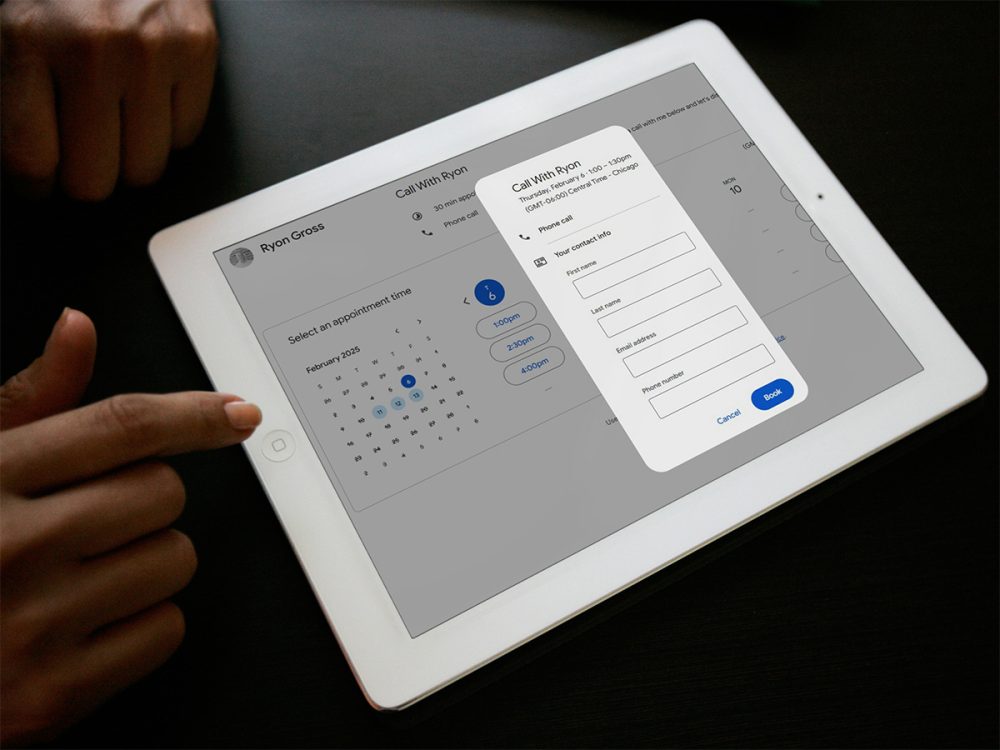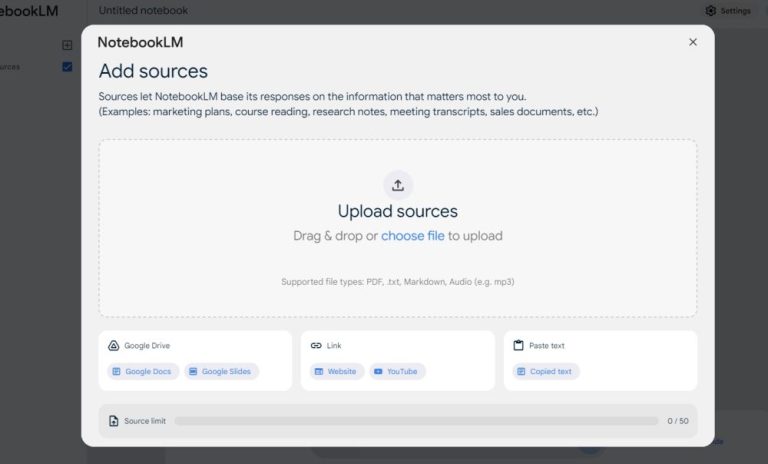How Google Calendar’s Appointment Scheduling Transformed My Business

I’m always on the lookout for tools that can streamline operations and improve the client experience. After months of using Google Calendar’s appointment scheduling, I can confidently say it’s been a game-changer for my marketing agency – and it could be for your business too.
The Old Way vs. The New Way
Remember the last time you tried to schedule a meeting with someone? It probably went something like this:
“How’s Tuesday at 2?”
“Sorry, I’m booked. What about Wednesday morning?”
“I have client meetings all morning. Thursday afternoon?”
“I’m out of office Thursday. Next week?”
Sound familiar?
I used to spend hours each week playing this frustrating game of email tag with clients. Not only was it inefficient, but it also created unnecessary friction in the client relationship before we even had our first meeting. While tools like Calendly have dominated this space for years, Google Calendar’s native scheduling solution has emerged as a powerful alternative that seamlessly integrates with the tools many of us already use.
Why I Switched to Google Calendar’s Appointment Scheduling
Like many professionals, I have tried just about everything to help make my scheduling more efficient. As someone that’s deeply embedded in the Google Workspace ecosystem, I found myself wanting something more integrated. When Google released their appointment scheduling feature, I decided to give it a try, and I haven’t looked back.
The key advantage? Native integration. While Calendly connects with Google Calendar, Google’s scheduling tool is built right in. This means no third-party permissions, no separate login to manage, and no additional subscription if you’re already using Google Workspace. Plus, the interface feels familiar to anyone who uses Google products, which is practically everyone these days.
How It’s Transformed My Business
The impact on my consulting practice has been substantial. The automated workflow handles everything from instant calendar updates to email confirmations. I get reminder emails and buffer time between meetings, eliminating the stress of back-to-back appointments. Even better, I can make sure no one schedules a meeting during lunchtime. Who does that?
The customization options have been particularly valuable. I’ve set up different scheduling flows for various meeting types, from initial consultations to strategy sessions and quick check-ins. Each has its own duration and preparation requirements, and the system manages them seamlessly.
What’s really impressed me is the client feedback. They appreciate being able to book at their convenience, seeing clear time slots, and avoiding the email ping-pong we all dread. The professional reminder system has notably reduced no-shows compared to my previous setup.
Setting Up Your Own System: A Strategic Approach
The setup process requires thoughtful planning, but it’s worth the effort. I’ve found that defining available hours strategically is crucial – I can reserve early mornings for focused work and keep afternoons open for client meetings. Adding buffer time between appointments (I use 30 minutes) helps maintain organization and preparation time.
One aspect where Google’s solution particularly shines is in its booking rules. You can establish minimum notice periods for bookings, which I’ve set to 24 hours to ensure proper preparation time. The booking page customization options are straightforward but effective, creating a professional first impression for clients.
Premium Features and ROI
The premium version of Google Calendar’s scheduling tool offers features that rival Calendly’s paid tiers, often at a lower cost if you’re already using Google Workspace. Email verification prevents spam bookings, while multiple calendar checks ensure no double-bookings occur across all your calendars. The automated reminders have significantly reduced no-shows, and the payment integration allows for collecting consultation fees at booking time.
The return on investment has been clear: I’ve reduced scheduling-related tasks from roughly 3 hours per week to less than 1 hour. That’s 8 extra hours monthly for client work or business development. Beyond time savings, I’ve seen improved client satisfaction, a more professional image, and better work-life balance through controlled availability.
Pro Tips from Daily Use
Through months of using this system, I’ve developed several effective practices. First, I’m strategic about blocking off focus time – not all working hours are available for meetings. I’ve also found that varying meeting durations can optimize productivity; 30-minute initial consultations often prove more effective than hour-long ones.
Regular availability updates are crucial. I spend a few minutes each week reviewing and adjusting time slots based on my changing schedule. Those 30-minute buffers between meetings have become valuable opportunities for note-taking, preparation, or quick breaks.
The Future of Scheduling
While Calendly has been the industry standard, Google’s entry into the scheduling space signals a shift toward more integrated solutions. As Google continues to enhance this feature, its deep integration with Workspace makes it an increasingly compelling choice for businesses of any size.
One area where I’m particularly excited about future development is in the analytics and reporting capabilities. While currently more basic than Calendly’s offerings in this area, Google’s track record suggests we’ll see robust improvements over time.
Final Thoughts
In the world of business consulting, efficiency isn’t just about saving time – it’s about creating systems that scale and improve the client experience. Google Calendar’s appointment scheduling has become a cornerstone of my business operations, offering a native alternative to standalone tools like Calendly. The seamless integration with Google Workspace, combined with its professional features and user-friendly interface, makes it an excellent choice for businesses looking to streamline their scheduling processes.
If you’re still sending emails back and forth to schedule meetings, or if you’re paying for a separate scheduling tool, I encourage you to give Google Calendar’s scheduling feature a try. The combination of simplicity, integration, and effectiveness might just make you wonder why you didn’t switch sooner.
Have you made the switch from traditional scheduling or other scheduling tools to Google Calendar’s appointment scheduling?


